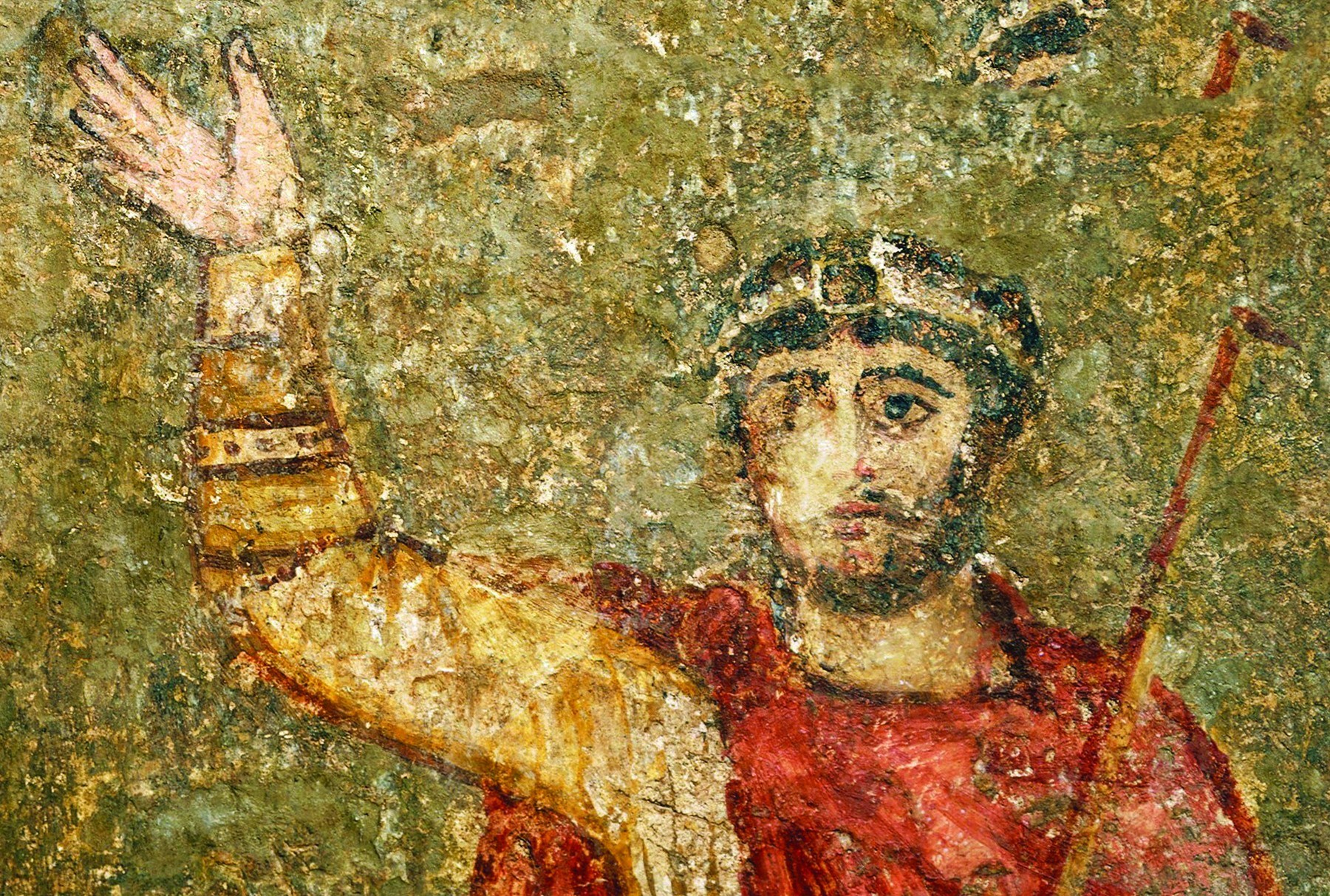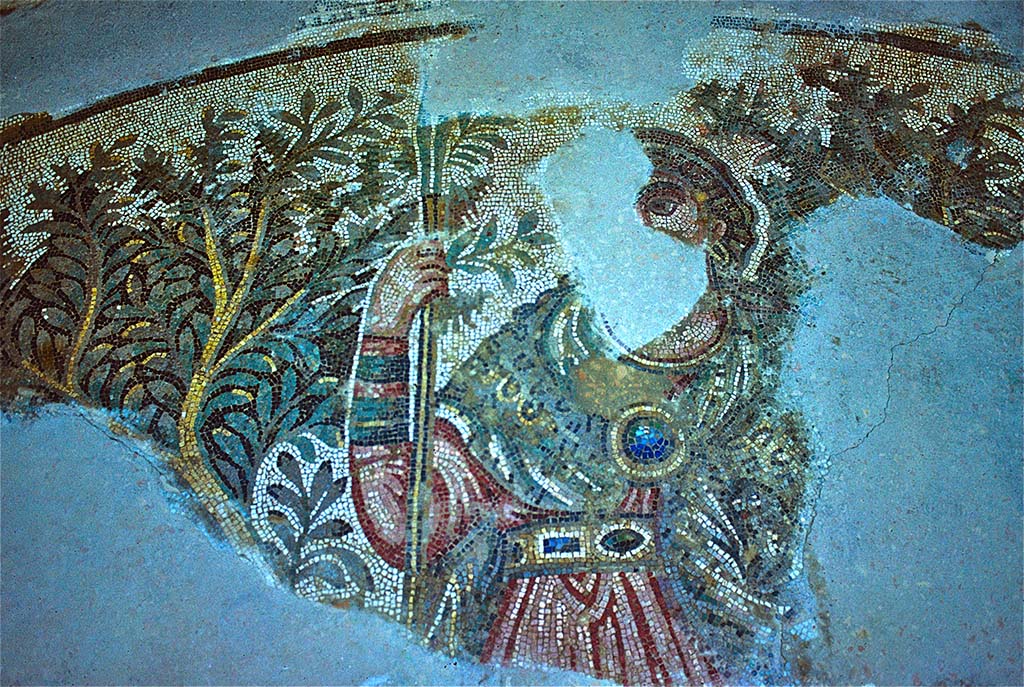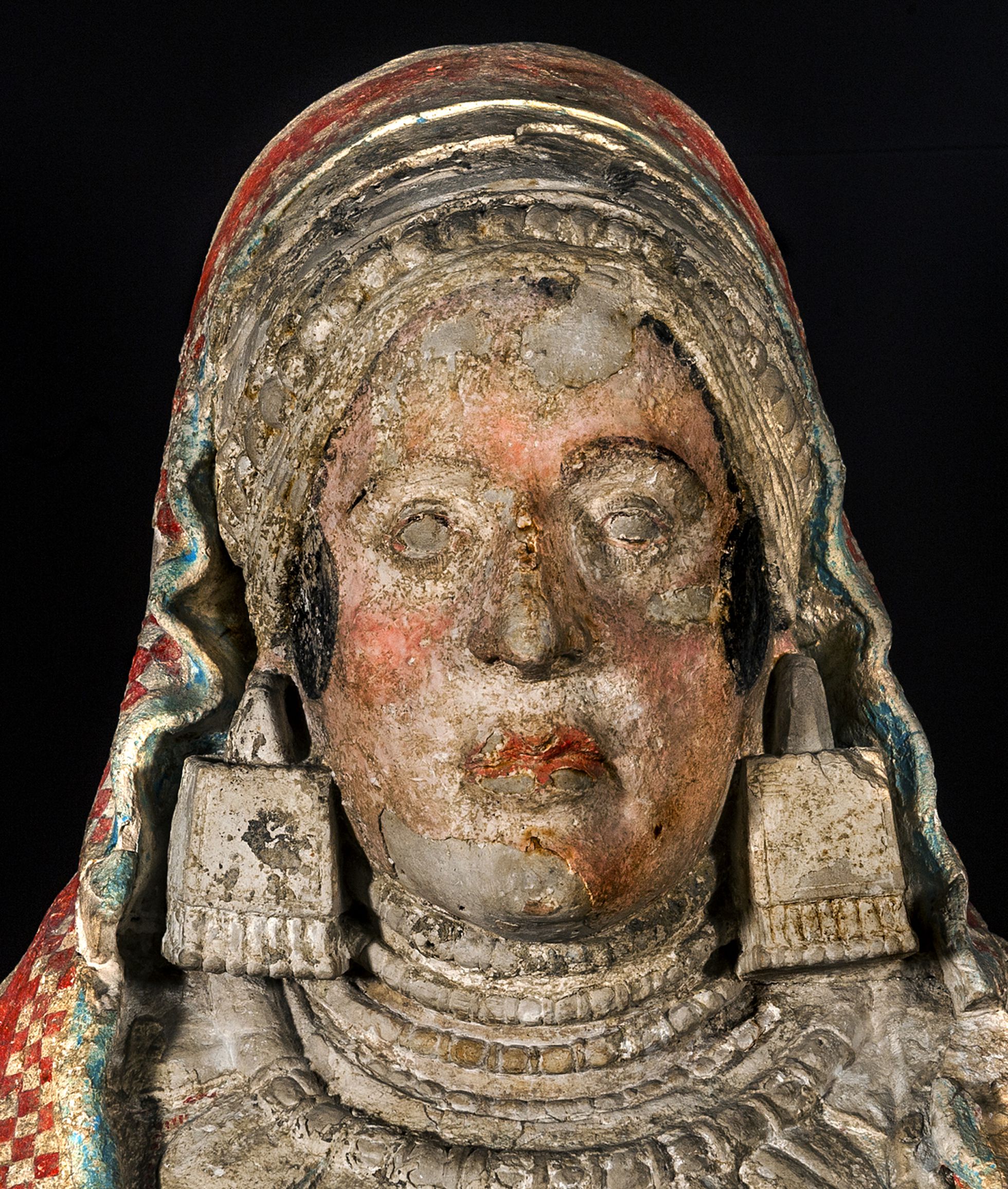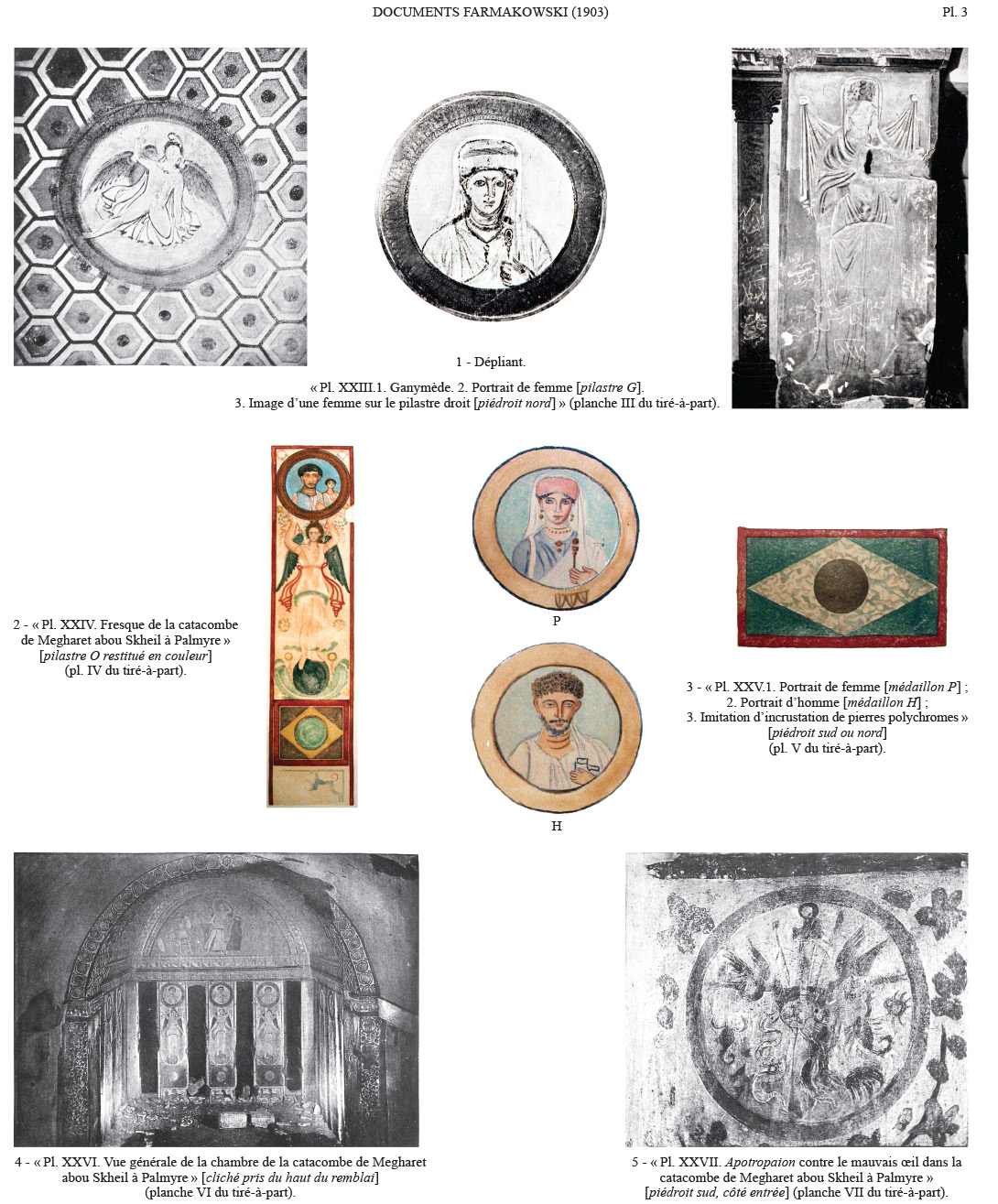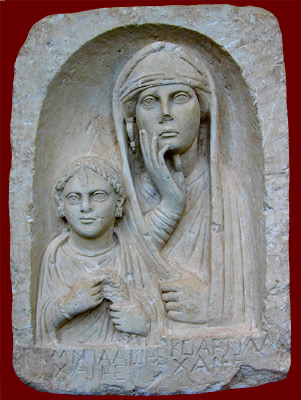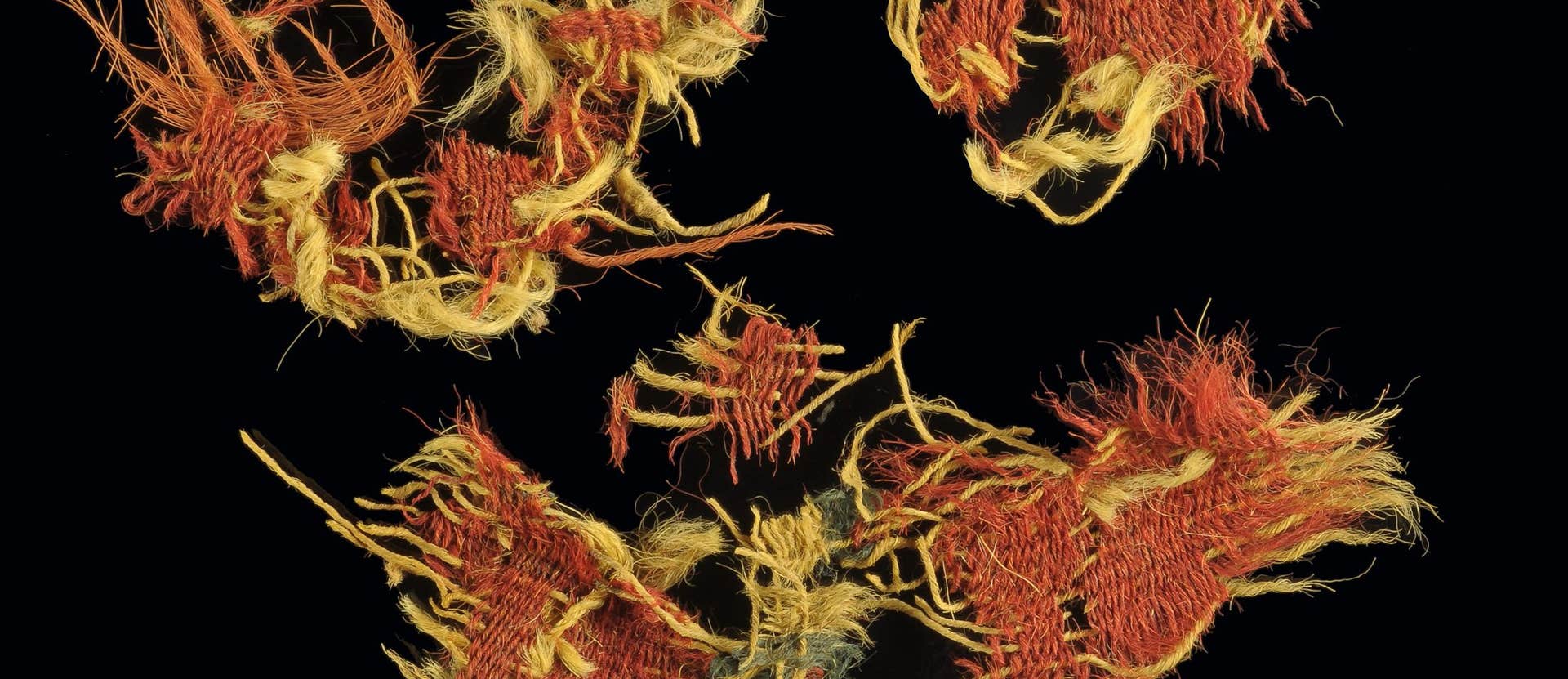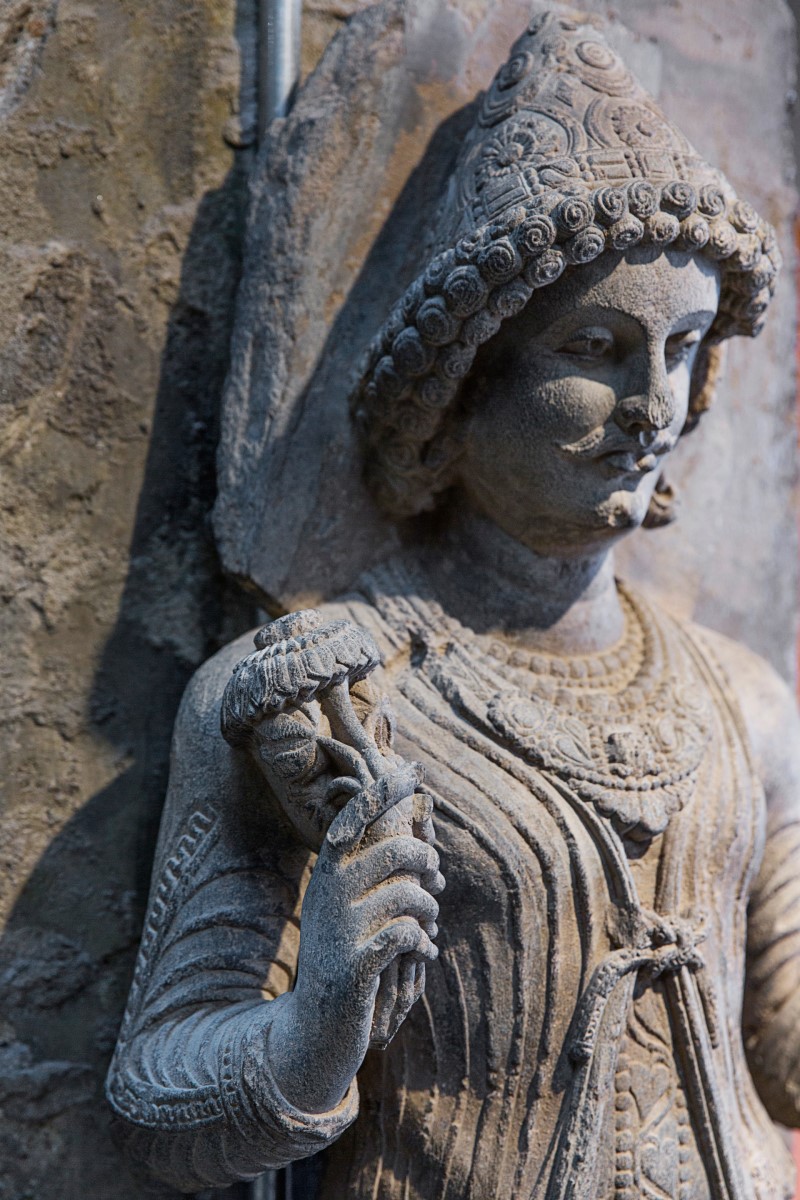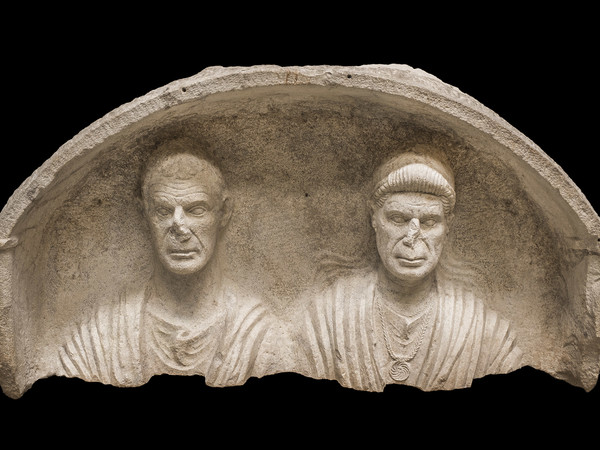The source for presented frescos is an on-line Database of ancient decors created by Alix Barbet, a French archaeologist specializing in Roman wall paintings. For detailed description of the site see >> http://www.archeo.ens.fr/Decors-antiques.html
The database of Alix Barbet is available in mode “guest account” >> Antique Decors Database

France, Villa Grassi, 1st C.
Detail of stem with leaves and flowers in superimposed bouquets on white background.
Photo: RIGOIR, Yves

2nd C; Site: Genainville (Val d’Oise), France; In Les Vaux-de-la-Celle, pavillon, salle 5.
Detail of a diagrammatic clipeus tied with a ribbon with a hull knot and rectilinear sides on a white background.
Photo: BARBET, Alix, CNRS-ENS-Paris

“Decoration with a network of adjacent octagons on a white background, type 26f, belonging to the upper zone of the wall.” 2nd century
Site: Narbonne (Aude); Clos de la Lombarde, maison III, au Grand Triclinium, pièce B
Photo: BARBET, Alix, CNRS-ENS-Paris

Part of a Delphic tripod with an omphalos. 3rd Pompeian style
Site: Ruscino, (Pyrénées-Orientales), Château-Roussillon
Photo: BARBET, Alix, CNRS-ENS-Paris

False beams with brown-violet palmettes with beading and volutes. 2nd C
Site: Poggio Moscini, maison aux salles souterraines, Bolsena, Italy

Square vault compartment with finial on velum pleats. 3rd century
Site: Narbonne (Aude); Clos de la Lombarde, maison à Portiques, pièce K
Photo: BARBET, Alix, CNRS-ENS-Paris

Vermilion red relief arches, with double volutes and blue triangles edged with white on either side of a circle alternating with blue pillars with white points in a pyramid.
2nd century
Site: Poggio Moscini, maison aux salles souterraines, Bolsena, Italy

3rd Pompeian style; In the Museum Nuits-Saint-Georges, France
Vignette with yellow ocher kantharos on ocher red background.
Photo: BARBET, Alix, CNRS-ENS-Paris

Still life. On the shelf are two cuttlefish whose tentacles hang down. On the lower register: lobster, murex and other seafood, a silver vase showing in relief on the belly a character on a sea horse; ribbons are attached to the handles and a garland around the collar. The vase has a high handle on which a bird is perched. At the bottom a trident is placed diagonally.
4th Pompeian style. Herculaneum, n° inv. : MANN 8644B

3rd Pompeian style; Colmier-le-Bas, Gallo-Roman Villa des Cloisets; Langres, Musée d’Art et d’Histoire.
Garland of laurel leaves and berries, tied with beaded ribbons, on a burgundy red background. Depiction of a gold wreath with an emerald in the setting as a central medallion.
Photo: BARBET, Alix, CNRS-ENS-Paris
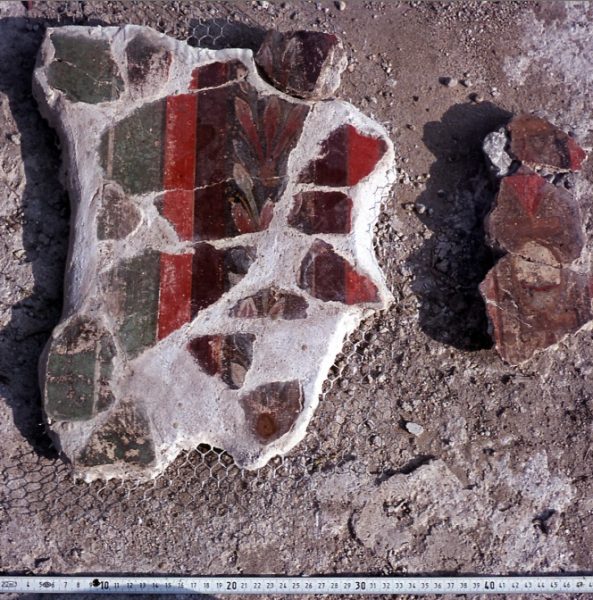
2nd Pompeian style, 1st C BCE
Site: Glanum (Bouches-du-Rhône); in: Maison aux deux Alcôves
Laurel wreath on a vermilion red background turned black and green orthostats with a vermilion red border.
Photo: BARBET, Alix, CNRS-ENS-Paris

Black dividing strip with a rigid garland of small tight green leaves and flowers, with birds, between two ocher red panels of medium area. 2nd C
Site: Saint-Martin-Longueau (Oise); lLeu-dit Les Clos
Photo: Musée de Soissons

From bottom to top: speckled white plinth, fictitious podium edge in shades of beige, candelabra base in gray chalice between a white separation strip and a blue-green panel.
From Lyon (Rhône), 3rd Pompeian style
Lyon, Musée de la Civilisation romaine
Photo: BARBET, Alix, CNRS-ENS-Paris

2nd Pompeian style, 1st century BCE.
Black field with vermilion red border and frieze of ovals surmounted by tongues.
Site: Poggio Moscini, maison aux salles souterraines, Bolsena, Italy

Frieze of cordiform blue and green volutes with a vermilion red heart surmounted by a burgundy red background with “acroterions” with vermilion red volutes. 1st century
Site: Poggio Moscini, maison aux salles souterraines, Bolsena, Italy

Detail of a cordiform blue volute with a vermilion red heart and white highlights. 1st century
Site: Poggio Moscini, maison aux salles souterraines, Bolsena, Italy

Fragment with Muse from the front, right arm bent and wearing a bracelet, on blue background. 3rd C
Hospital center, public thermal baths, room J; site – Lisieux (Calvados), France
Photo: BARBET, Alix, CNRS-ENS-Paris

Small piece of fresco from Bolsena, Italy; 1st Century
Detail of the bottom of women’s clothing with yellow ocher pleats & purple buckets on a light green background [Détail du bas de vêtement féminin à plis ocre jaune et godets violets sur fond vert clair].
Site: Poggio Moscini, maison aux salles souterraines
Photo: BARBET, Alix, CNRS-ENS-Paris

Detail of the head of the Muse crowned with a diadem and ivy leaves.
From Lyon (Rhône), 3rd Pompeian style
Lyon, Musée de la Civilisation romaine
Photo: BARBET, Alix, CNRS-ENS-Paris

2nd Pompeian style, 1st century BCE
Site: Poggio Moscini, maison aux salles souterraines, Bolsena, Italy
Leda’s feet in sandals on a light green background, her left resting on a stool.
Photo: BARBET, Alix, CNRS-ENS-Paris

Female figure flying naked to the pelvis, with yellow ocher clothing and light purple veil on a purple background.
1st century
Site: Poggio Moscini, maison aux salles souterraines, Bolsena, Italy

Monochrome green landscape in a fictitious architecture with a podium, colonnade and partition walls. Kantharos placed on the fictitious cornice.
Portici (Italie), villa de Portici
2nd Pompeian style, 1st century BCE
Musée Archéologique National, Naples, inv. 08594

Detail of a tenon column base, and frieze of grotesques. 1st century
Site: Roquelaure (Gers); Villa de la Sioutat
Photo: MONIER, Florence
1st century fresco, site Clermont-Ferrand, Musée Bargouin.
On a black background: diagonal thyrsus with ribbon, vases imitating silver on a compartment with a green border, and a mask like a full moon.

Chubby mask serving as a lyre case over a hanging clipeus.
3rd Pompeian style
Site: Troyes (Aube); Porte de Chaillouet
Photo: GROETEMBRIL, Sabine, CEPMR-Soissons
Précisions n° arch. photo: s.n

in situ 
after restoration 
Detail of the bronze bust in a clipeata image with a red background. 
1982 
1984 
1984 
1985
“Trompe-l’oeil edicule, with hanging clipeus, column with capital supporting a bronze bust of a man in a clipeata image, river-god with urn. Crossette entablature with winged sphinx and image clipeata above. In the 2nd century, the palette again uses contrasting colors with often violent harmony. The details are rendered by allusive colored touches on a striated background, and the color is applied by impasto whose relief animates the surface.”
3rd/4th century, Famars (Nord), Valenciennes, Musée des Beaux-Arts
Detail 1: stem and tuft of ivy between vermilion red panel and black dividing strip.
Detail 2: of the upper edge of the black predella, with vertical framing motif at the end of a rectangle with indentation in green, embroidered braid and beginning of a vermilion red panel in the middle zone.”
3rd Pompeian style; site: Limoges (Haute-Vienne); in: Maison des Nones de Mars, salle 4
Photo: BARBET, Alix, CNRS-ENS-Paris







